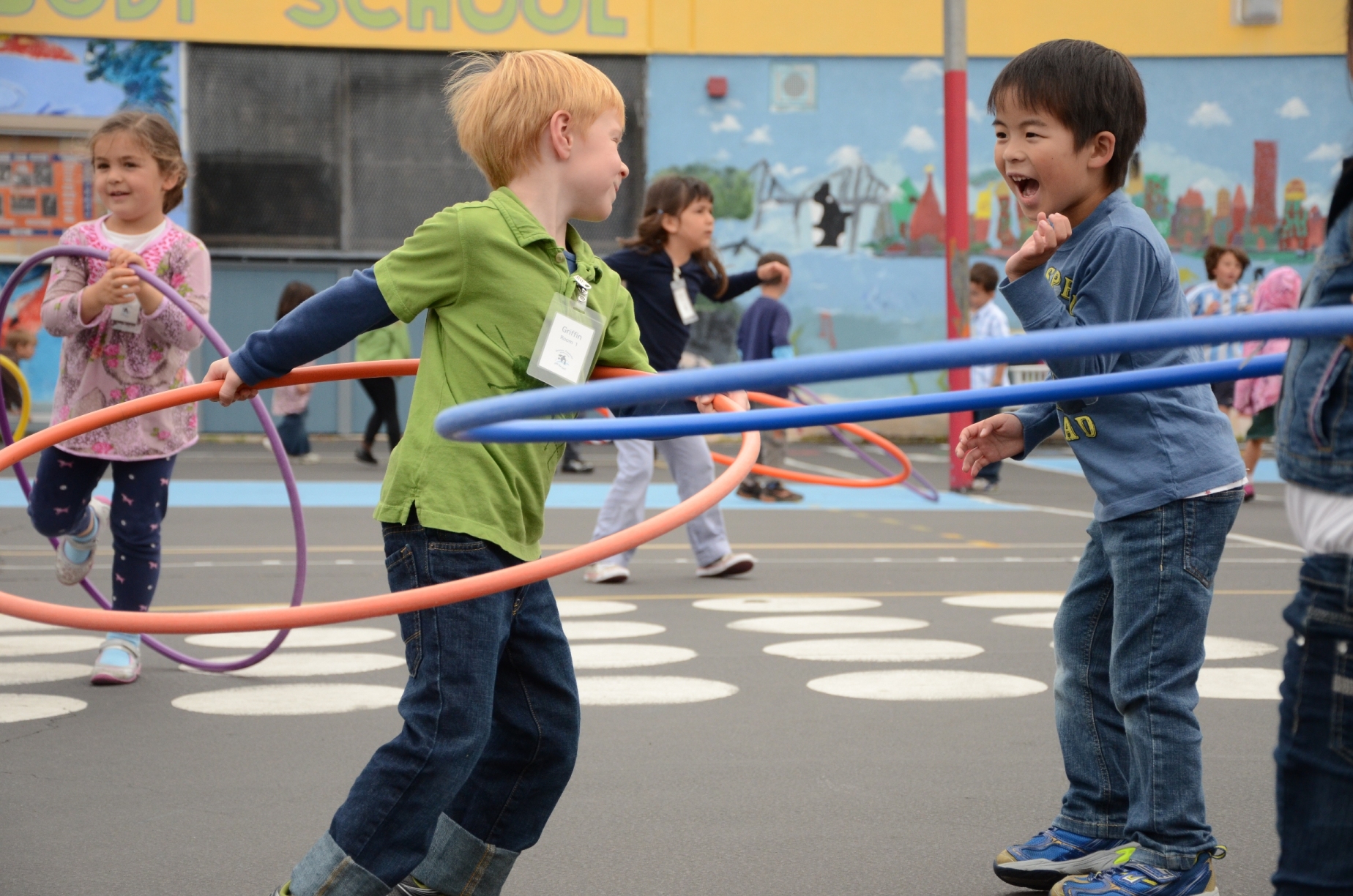
In the decades before tablets and standardized testing wormed their way into primary and secondary schools, school playgrounds were a familiar place for children and adolescents.
Up to an hour a day was spent running around, throwing balls to, or at, one another.
But with all the technology and pressure to make the academic cut, with extracurriculars lumped in, recess somehow got lost in the mix.
However, one Florida state senator is looking to change that, even if only by setting a minimum standard for schools to follow.
Sen. Anitere Flores, vice chair of the Senate Appropriations Committee, moved her proposal, SB 78, passed its third hurdle on the path to becoming a law. She proposed all teachers at K-12 public schools across the state get their students outside every school day — no books, no pencils.
“We are facing a bit of an issue across the state in that there is not any uniformity when it comes to recess in our schools,” she said to her colleagues on the committee. “Research has shown this can have incredible academic benefits.”
The measure requires each district school board to provide students in certain grades with a minimum number of minutes of free-play recess per week and with a minimum number of consecutive minutes of free-play recess per day, in this case, she said, a minimum of 20 minutes.
None of the committee members argued the point — each having grown up in a time when recess was the norm.
According to a study by Stanford University, “a high-quality recess program can help students feel more engaged, safer and positive about the school day.”
The United Nations Office of the High Commissioner for Human Rights recognizes the right of all children to play, regarding it as an essential part of their well-being, especially for the economically disadvantaged.
In the Convention on the Rights of a Child, “children have the right to relax and play and to join in a wide range of cultural, artistic and other recreational activities.”
And the state of California now includes school climate as one of eight priority areas for local education agencies.
The American Academy of Pediatrics has outlined a set of guidelines intended to help schools develop positive recess programs — guidelines necessary because recess today does not always meet these standards, writes Milbrey McLaughlin, the David Jacks Professor of Education and Public Policy, Emerita, and founding director of Stanford’s John W. Gardner Center, who co-authored the Stanford article.
Many schools had cut back recess programs watering down their effectiveness, or end them altogether, the Stanford study said.
But it looks like Flores’s bill is on course to get students back into the Florida sunshine.




One comment
Liz Hernandez
March 18, 2017 at 10:06 pm
The key word for recess is “unstructured”.
The developing Children and Youth need the freedom to decide how to best spend their moments of recess. Many social lessons are learned in recess and provide material for discussion in the classroom. Learning to interact positively with others may be one of the best lessons to learn at school.
Comments are closed.